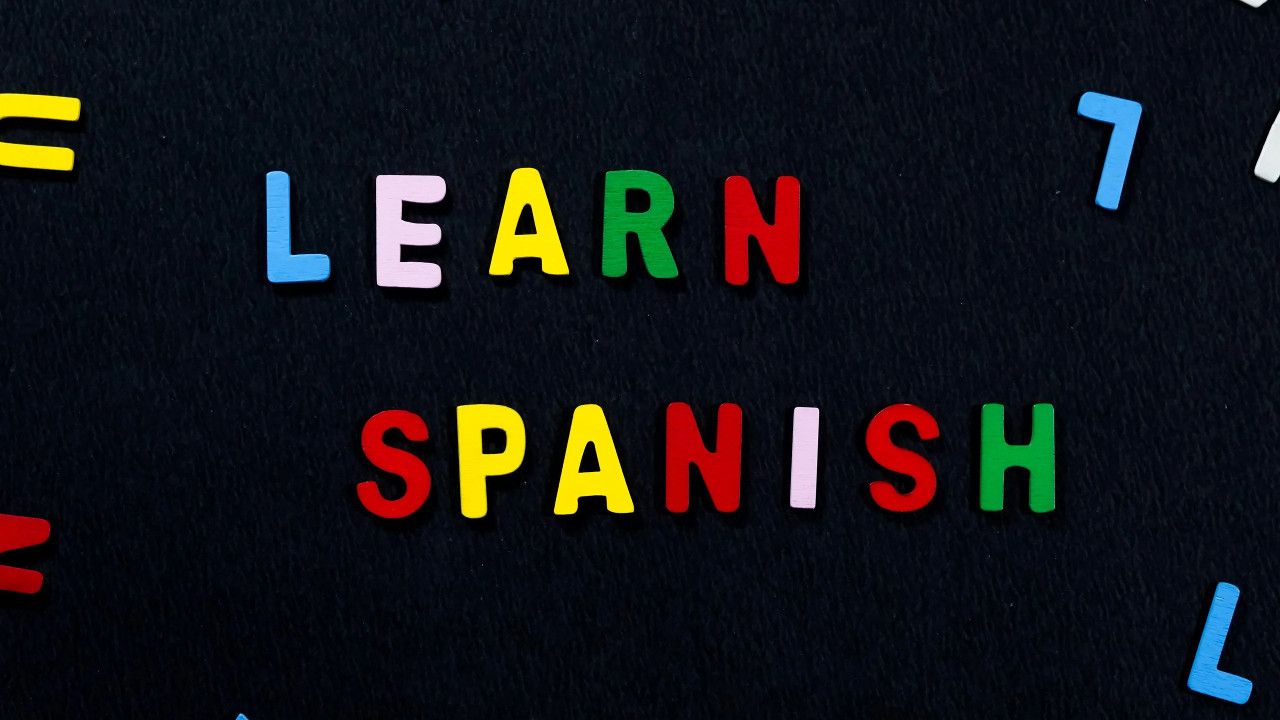About Course
Language learning is fun for all, and Spanish is no exception. I’ll make it easy for you — choose Spanish!
Spanish makes sense! Spanish is spoken by 500 million people worldwide. Multiple career paths like tourism, foreign service, translation, interpretation, language teaching, journalism, and international business proficiency in spoken and written Spanish can be valuable assets. After learning Spanish, you can work as a language specialist in the export and import industry.
Skills You Will Gain
Develop fundamental Spanish vocabulary and basic grammar.
Enhance reading, writing, listening, and speaking skills.
Build conversational fluency for everyday scenarios.
Gain cultural insights and practical language application.
Course Offerings
- Instructor Led Live sessions
- Clarify doubts during session
- Access Session Recordings
- Attend on mobile and Tablet
- Assessments and Competition
- Direct Messages
- Feedback from Instructor
- Full lifetime Resources
- Certificate of Completion

